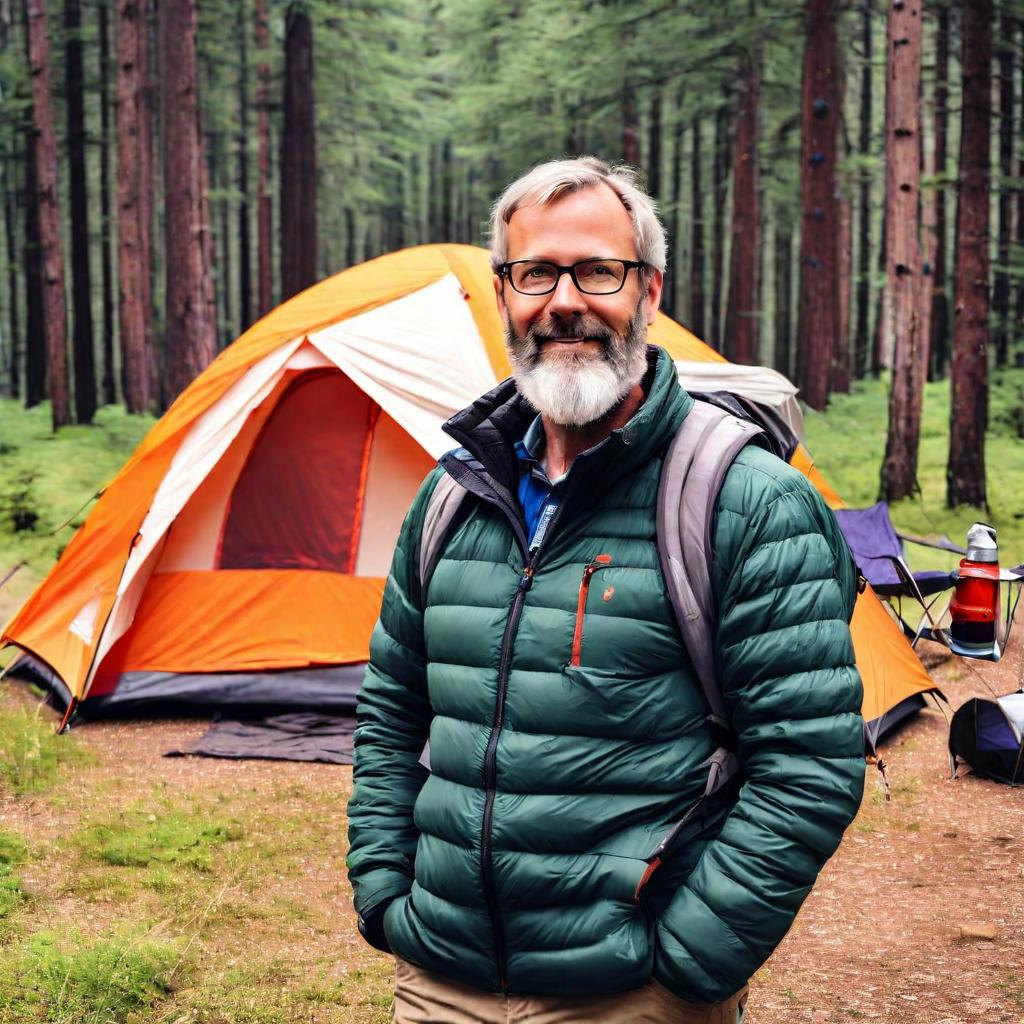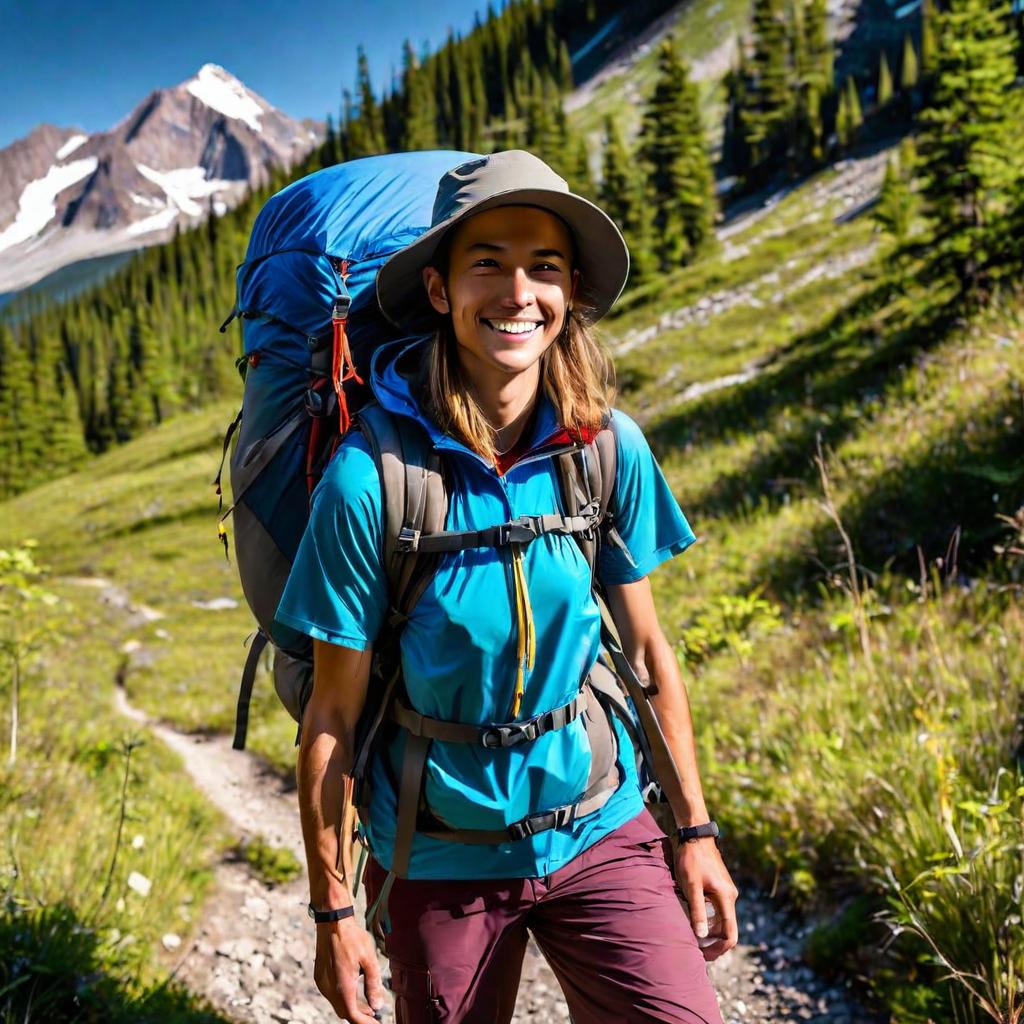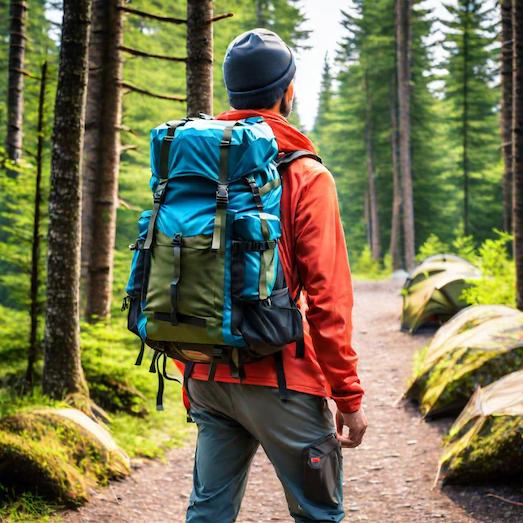Packing your camping backpack efficiently is essential for a comfortable and enjoyable outdoor adventure. A well-packed backpack maximizes space, balances weight, and ensures easy access to essential items. Whether you’re a seasoned camper or a beginner, these tips and tricks will help you pack like a pro.
Understand Backpack Packing
Before diving into specific tips and tricks, it’s important to understand the basic principles of backpack packing. A well-packed backpack distributes weight evenly, making it easier to carry over long distances and varied terrains. Also, organizing your gear ensures that you can quickly access items when needed, without having to unpack everything.
Key Principles:
- Weight Distribution: Heavier items should be placed close to your back and centered to maintain balance.
- Accessibility: Frequently used items should be easily accessible, while less frequently used items can be stored deeper in the pack.
- Organization: Group similar items together and use packing cubes or stuff sacks to keep your gear organized.
Choosing the Right Backpack
The first step in efficient packing is choosing the right backpack. The size and design of your backpack should match the length of your trip and the type of camping you’re doing.
Backpack Size:
- Day Trips: For short day trips, a backpack with a capacity of 20-30 liters is usually sufficient.
- Weekend Trips: For weekend camping trips, opt for a backpack with a capacity of 40-50 liters.
- Extended Trips: For trips lasting a week or longer, a backpack with a capacity of 60 liters or more is recommended.
Backpack Design:
- Frame Type: Choose between internal or external frame backpacks. Internal frames offer better balance and stability, while external frames provide more ventilation and can carry heavier loads.
- Pockets and Compartments: Look for a backpack with multiple pockets and compartments to help organize your gear.
- Comfort Features: Ensure the backpack has padded shoulder straps, a padded hip belt, and an adjustable suspension system for maximum comfort.
Packing Your Backpack: Step-by-Step Guide
Now that you have the right backpack, let’s go through the process of packing it efficiently.
Step 1: Lay Out All Your Gear
Before you start packing, lay out all your gear and categorize it into groups such as shelter, clothing, food, cooking equipment, and personal items. This will help you see everything you need and ensure that you don’t forget any essential items.
Step 2: Pack the Bottom of the Backpack
The bottom of your backpack is reserved for items you won’t need until you set up camp.
- Sleeping Bag: Place your sleeping bag in a waterproof stuff sack and pack it at the bottom of your backpack. Some backpacks have a dedicated sleeping bag compartment for this purpose.
- Sleeping Pad: If your sleeping pad is bulky, it can go at the bottom of the pack. If it’s inflatable and compact, it can be stored in an exterior pocket.
Step 3: Pack the Middle of the Backpack
The middle of your backpack is for heavier items that you won’t need access to during the day.
- Cooking Gear: Pack your stove, fuel, and cookware in the middle section. Ensure the fuel is stored securely to avoid leaks.
- Food: Place your food in airtight containers or bear-proof canisters. Heavier food items like canned goods should go in the middle, while lighter snacks can be placed in exterior pockets.
- Clothing: Pack your clothing in stuff sacks or compression bags. Roll or fold clothes to save space and reduce wrinkles.
Step 4: Pack the Top of the Backpack
The top of your backpack is for items you may need during the day or while setting up camp.
- Tent: If your tent is lightweight and compact, it can go in the middle section. Otherwise, pack it at the top for easy access.
- Rain Gear: Keep your rain jacket and rain pants at the top of your pack for quick access in case of sudden weather changes.
- First Aid Kit: A small first aid kit should be easily accessible in case of emergencies.
- Map and Compass: Keep your navigation tools at the top or in an exterior pocket.
Step 5: Use Exterior Pockets and Attachments
Utilize the exterior pockets and attachment points of your backpack for additional items.
- Water Bottles: Store water bottles or a hydration reservoir in the side pockets or designated hydration sleeve.
- Trekking Poles: Use the exterior straps or loops to secure trekking poles.
- Headlamp: Keep your headlamp in an easily accessible pocket for quick use in low-light conditions.
- Snacks: Store snacks in hip belt pockets or exterior mesh pockets for easy access during hikes.
Tips and Tricks for Efficient Packing
Now that you know the basics of packing, here are some additional tips and tricks to maximize space and ensure balanced weight distribution.
Tip 1: Use Compression Bags and Stuff Sacks
Compression bags and stuff sacks help you compress bulky items like clothing and sleeping bags, saving valuable space in your backpack. Color-coded sacks can also help you organize and quickly locate specific items.
Tip 2: Roll Your Clothes
Rolling your clothes instead of folding them can save space and reduce wrinkles. This method also makes it easier to see and access individual items.
Tip 3: Utilize Every Inch of Space
Use small gaps and spaces between larger items to store smaller gear. For example, you can place socks or a headlamp inside your cooking pot.
Tip 4: Distribute Weight Evenly
Ensure that the weight is evenly distributed in your backpack to maintain balance. Heavier items should be close to your back and centered, while lighter items can be stored on the outside and at the top.
Tip 5: Keep Essentials Accessible
Store essential items like your first aid kit, snacks, and rain gear in easily accessible pockets or at the top of your backpack. This saves time and effort when you need to quickly access these items.
Tip 6: Use a Pack Liner or Waterproof Bags
To protect your gear from rain and moisture, use a pack liner or waterproof bags. This is especially important for items like your sleeping bag, clothing, and electronics.
Tip 7: Practice Packing at Home
Before your trip, practice packing and unpacking your backpack at home. This will help you find the most efficient way to organize your gear and ensure that everything fits properly.
Final Thoughts
Packing your camping backpack efficiently is a skill that can greatly enhance your outdoor experience. By following these tips and strategies, you can maximize space, balance weight, and ensure easy access to essential items.
Remember to choose the right backpack, organize your gear effectively, and practice packing before your trip. With a well-packed backpack, you’ll be ready to tackle any adventure with comfort and confidence.

Ralf Cook is an experienced outdoor enthusiast and the primary author at CampGearExperts. With over a decade of camping, hiking, and backpacking experience, he brings a wealth of knowledge to the site. Ralf is passionate about helping others enjoy the great outdoors safely and comfortably. He rigorously tests and reviews gear, ensuring readers receive accurate, reliable information.


